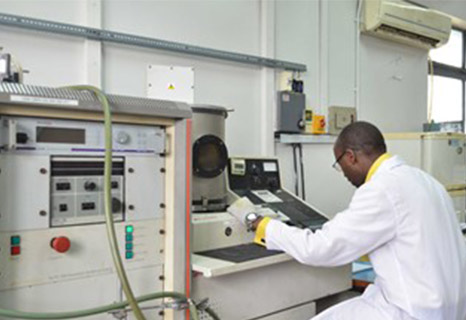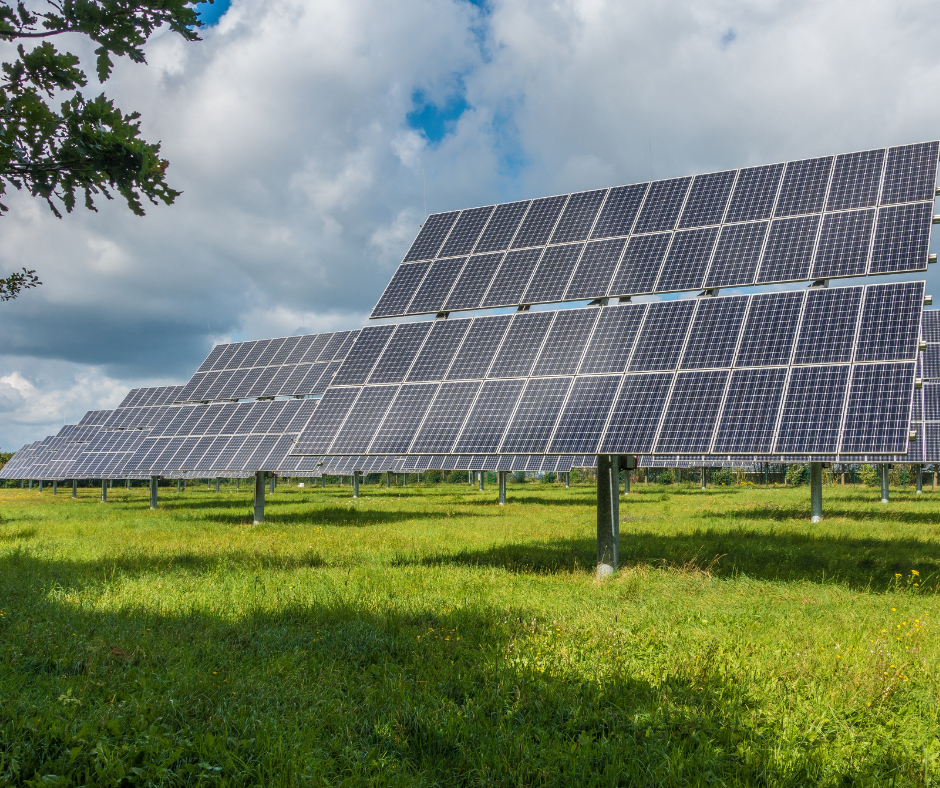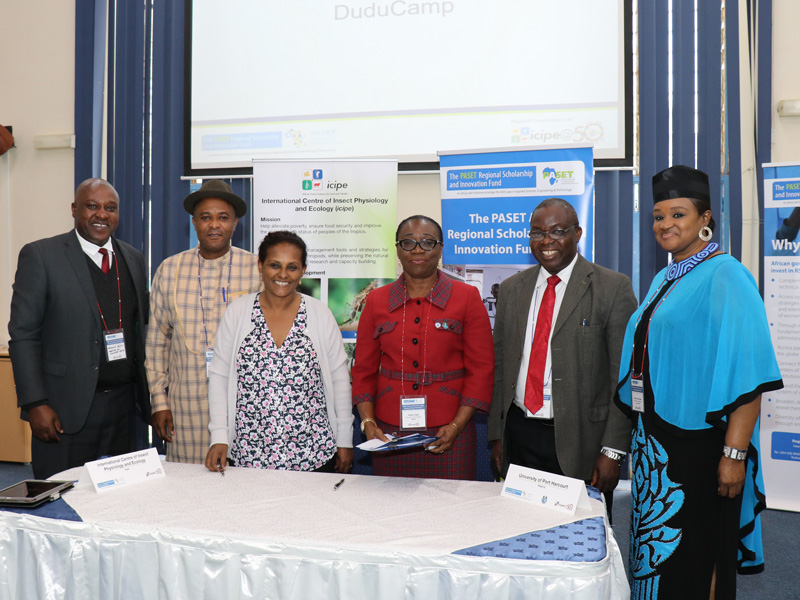Research and development of photovoltaics based on lead-free perovskite solar cell technology
Thematic Area: Energy including renewables
University: University of Nairobi (UON)
Project Leader: Prof Francis Wanjala Nyongesa
Collaborating Partners: Riken Research Centre, Japan; Zewail City of Science and Technology, Egypt; Swiss Federal Institute of Technology Lausanne (EPFL), Switzerland; Masinde Muliro University, Kenya
Duration: 3 years
Project Overview
One of the major social challenges in Africa is the availability of affordable energy mostly to the rural communities. Most of the African population (about 80% in Kenya) live in the rural and marginalized regions with no access to electricity. These communities rely on kerosene lanterns for lighting and biomass (wood) for cooking, whose implications are far reaching from health concerns, economic strain as well as environmental effects due to increased emission of fossil fuels leading to adverse climate change effects.
Solar cells, as a source of renewable energy, has been recognized as having great potential to supply a significant portion of the world’s energy requirements. The major beneficiaries of this kind of energy source would be the large human populations residing in rural areas and in scattered homesteads, who are not connected to the national electricity grid due to the high costs involved.
The technology
The project aims to enhance the efficiency of photovoltaics systems using lead -free perovskites solar cells through computational and experimental analysis. The project will train a cadre of PhD scholars in the development of photovoltaics based on lead-free perovskite solar cells technology including training local communities on installation and maintenance of these systems.
Expected Impact
The research outputs will be used to influence national policy in photovoltaic solar cells use in Kenya which will greatly impact on the use of renewable energy in the country. Community technicians will be trained on installation and maintenance of the photovoltaic systems hence increasing the use of renewable energy especially the photovoltaic solar cells.









